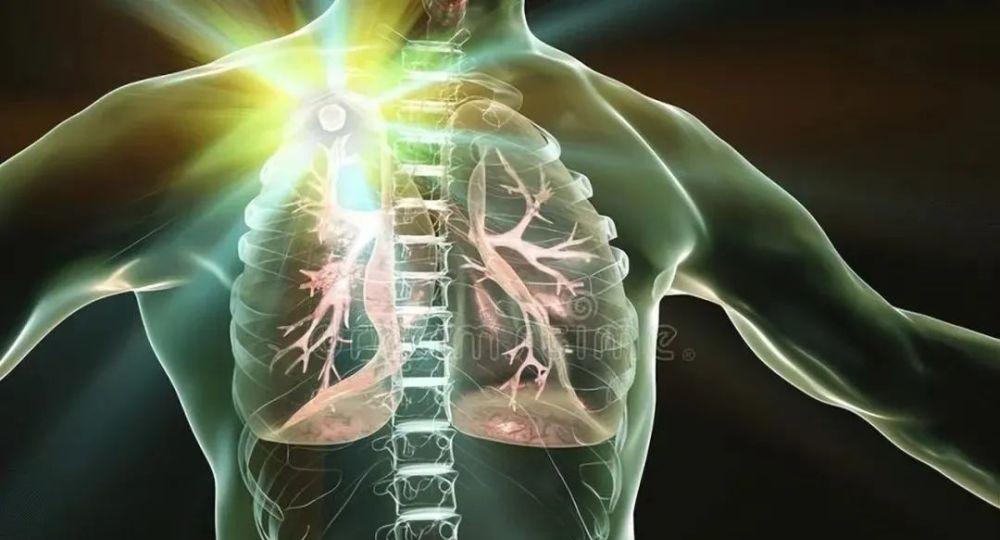Lung nodules are a heart disease of many people, because in most people's cognition, seeing lung nodules is associated with lung cancer, and even think that even if it is not cancer now, it will not develop into lung cancer in the future. This is the source of everyone's worry and anxiety. In fact, 95% of all lung nodules screened for chest CT are benign. Less than 5% of lung nodules actually require surgery.
When a lung nodule is first detected, we usually recommend follow-up, depending on the degree of nodular risk, and the follow-up time varies. The following conditions at follow-up may suggest that the patient may consider surgery.

1. Enlargement of the nodule
Size is an important factor in assessing the good or badness of nodules, nodules within 5 mm are called tiny nodules, if it is a solid micro nodule, basically consider benign, especially multiple solid micro nodules. The probability of malignancy in a single tiny solid nodule is extremely low, but if the single nodule gradually increases to more than 8 mm during follow-up, it should be paid attention to.
Compared with solid nodules, the probability of malignancy of ground glass nodules is higher, but some of them are caused by inflammation, so the first-time discoverer can be treated with anti-inflammatory treatment for a period of time for review. Even if the ground glass nodules are malignant, the growth is extremely slow, this inert growth characteristics, so that some of them can not change in size for several years, but if the persistent frosted glass nodules begin to grow after several years, to pay attention to, more than 8mm, can be short-term follow-up or consider surgery.
2. The solid composition of the ground glass nodules is increased
In addition to the size, the density of ground glass nodules is also an important factor in judging the good and malignant, if the density of nodules is very low, the CT value is above -600, -700, or even -800, basically pure ground glass nodules, at this time the risk is relatively small, can continue to follow up, may be adenomatous hyperplasia or carcinoma in situ stage.
When the intermediate density of the ground glass nodule increases, the actual component is produced, and during the follow-up process, the range of solid components increases, which is at least a micro-invasive cancer, and surgery can be considered.
3. Thickening of blood vessels within nodules
Vascular thickening, stiffness, directly into the lung nodule, is the basis for diagnosing lung nodules as malignant tumors, "ground glass plus abnormal blood vessel penetration" can almost directly diagnose lung cancer. Not only that, if the vascular thickening during the follow-up means that the tumor has been infiltrated and needs to be surgically removed, do not follow up at this time.
4. Changes in nodular morphology
In general, the shape of benign nodules is relatively round, the boundary is smooth, if the morphology of the lung nodules gradually changes during follow-up, be vigilant, such as the emergence of lobe signs, may be malignant, at this time due to uneven growth rate of tumor cells and lead to the formation of lobes. If the nodules are combined with malignant signs such as burrs, vascular collections, vacuoles, bronchial inflatability, etc., then malignancy is very likely and is a high-risk nodule. Then short-term follow-up or direct surgery may be considered.